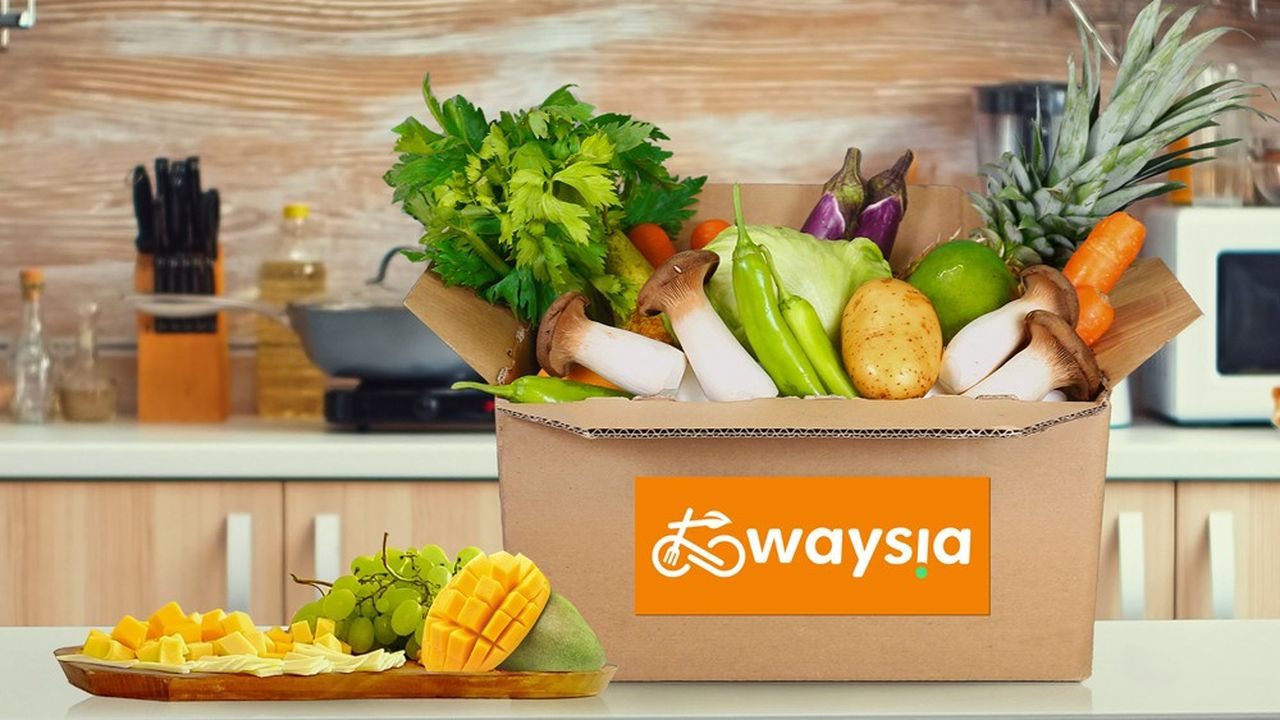Our lives have changed significantly as a result of COVID-19, and a wide range of services have emerged to meet the requirements of newborns. One such business that retooled in reaction to the pandemic is the Asian grocery delivery service Waysia.
Waysia, formerly Alorsfaim, began operating in Paris four years ago as a platform for delivering food to customers from Asian restaurants and supermarkets. When the pandemic broke out, its customers started to panic buy, swiftly depleting retailer stock.
Waysia opened its own warehouse and began buying directly from suppliers, including Asian vegetable farms in the Netherlands, France, and Spain, as a result of the imbalance between supply and demand.
Yejun Fan, the founder and CEO of Waysia, said that the epidemic “showed that the need for ethnic groceries was unmet in Europe.” A few businesses already supply Asian takeout to customers in Europe, but the creator, a serial entrepreneur who previously worked in banking, believes that Asian-targeted online groceries are still uncommon.
Revenues at Waysia increased due to the supermarket pivot, which also recently enabled it to secure an approximately €10 million series Pre-A financing. iFly.VC, Cathay Innovation, and Goodwater Capital also participated in the round, which Banyan Pacific Capital led.
Weee!, the North American equivalent of Waysia, is backed by well-known investors like Tiger Global, Blackstone, DST Global, and SoftBank. Goodwater and iFly.VC are also investors in Weee!
Dastore, a digital retail fund founded by Daphni and Carrefour, and Convivialité Ventures, the venture capital arm of the French wine and spirits company Pernod Ricard, are the most notable investors in Waysia’s new financing round. This is a sign of the French giants’ interest in ethnic minority consumers.
E-commerce grocery sites operate on a marketplace model and pay each sale commission. Concentrate on high-margin products to get the most out of your inventory. Although you might not make as much money selling a pound of strawberries as you would selling a bucket of shrimp that has been flash frozen, you will sell more of them. It’s a wonderful idea to start by looking for goods with a high-profit margin. Selling in-demand products is another strategy to increase your margin. You can anticipate paying more for your inventory if you reside in an area with significant demand for specific goods.
The delivery business strategy used by Waysia is more comparable to Amazon Prime Now than Uber Eats, which focuses more on single orders. It earns money from delivery fees and affiliate marketing, which uses the website to promote things, including insurance, cell subscriptions, and broadband.
Waysia has a considerable opportunity to expand its consumer base in a nation where just approximately one in five people purchase online. According to a Nielsen survey, one in three individuals is interested in buying food online.
The business is experimenting with various client categories and marketing channels to determine the most effective strategies to attract new customers to accelerate growth. By growing the volume of user-generated content on its platform, Waysia also hopes to increase the awareness of its brand further. The more satisfied its users are with the venue, the more probable they will stick around. A healthy balance between serving current clients and bringing on new ones is something Waysia is also keeping an eye on. The business is looking into customer retention techniques like individualized marketing, email outreach, and product cross-selling to do this.
With further funding, Waysia intends to reach the U.K. market shortly. It currently delivers Asian foods to 16 cities in France, Belgium, and Luxembourg, with a staff of 50 workers.





